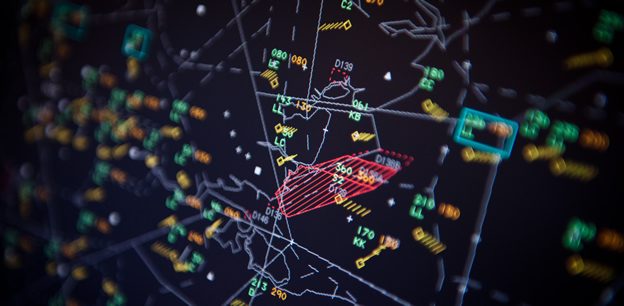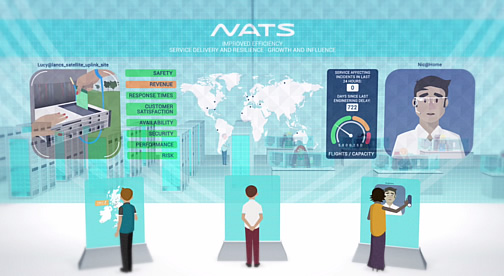Change, challenges and building momentum in 2016
25 January 2016With the Christmas and New Year celebrations already a distant memory, 2016 is shaping up as another very challenging and exciting year for both NATS and the wider aviation industry.
It will certainly be a huge year if the Government resolves to make a decision on the location of a new runway in the south east of England. There is no doubt that the additional capacity is needed with demand to fly continuing to rise, but any decision will be intrinsically linked to how we as an industry can better manage the impact of noise. Communities are becoming increasingly and understandably vocal and this is an area where I want NATS to play a greater leadership role this year, both in helping people better understand the constraints within which we currently operate and how we can best make improvements in the future. Without this engagement it is likely that we will see many stakeholders being critical of what we do without fully understanding the role we play.
Speaking of which, February will see the first phase of our London airspace modernisation programme come to fruition, with new procedures for London City and Stansted airports as well as higher level changes around the south east. The changes will deliver more efficient flights, saving fuel and reducing CO2 emissions, while reducing noise by keeping aircraft higher for longer and reducing the number of areas regularly overflown. It’s a real example of the importance of seeing airspace as a piece of national infrastructure and of the benefits of modernisation regardless of any decision on a new runway.

Point Merge for London City will move arrivals over the sea.
This year will also see us continue working to maximise the efficiency and resilience of the airports and runways that we currently have. Time Based Separation has now been operational for Heathrow arrivals since March and is on course to surpass even our wildest expectations. In November alone it saved 25,000 minutes of delay as Storm Barney lashed the country and we are now working on ways that TBS – or Intelligent Approach as it’s now known – can further refine aircraft separations for airports in the UK and around the world.
In terms of airport ATM services in the whole, there is no doubt that we are now living in an increasingly competitive market in the UK. Contracts are fiercely contested, with every supplier aiming to demonstrate how they can best support the goals and aspirations of individual airports. That’s great news for airport operators and while I believe our operational record helps us to stand out from the crowd, that’s only one aspect of the decision making process. We will have to fight for, and earn every contract.
Airport operators are understandably looking at their costs and the challenge for us is to find new ways to offer ATM services that represent both operational excellence and value for money. With a number of tower contracts up for renewal and tender over the coming years you can expect NATS to put forward some exciting and innovative solutions. The same goes for our work in the Middle East and Asia Pacific regions, where we are partnering with local organisations to share the lessons we’ve learnt from operating in some of the world’s most congested and complex airspace.

Controlling the first flight using iTEC at Prestwick
2016 will also be a year to build momentum around our hugely ambitious programme to transform the technology that underpins our entire operation. At the end of last year we moved London Area Control at Swanwick Centre to pave the way for a new single combined operations room with London Terminal Control; while iTEC, our new flight data processing system, entered limited operational service last week, and will enter full operational service for Prestwick upper airspace in early summer. This will offer benefits for our airline customers via the use of free route airspace and lay the foundation for the roll-out of iTEC across NATS and the future success of SESAR.
So as you can see we have a busy year ahead, especially when you consider much of what I have mentioned above is in addition to the day job of keeping the skies safe. It’s sure to be an exciting ride and I’m looking forward to keeping you up to date on how we’re getting on.
Comments
Please respect our commenting policy and guidelines when posting on this website.



